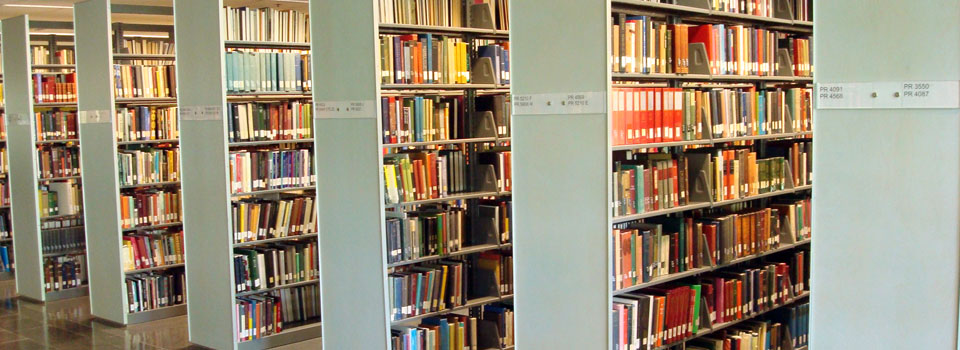HUM199 A Brief History of Love in the Western World
General Surveys on the History of Emotions
Singer, Irving. The Nature of Love. 2nd. ed., University of Chicago Press, 1984 –1987. 3 vols.
An analysis of concepts of bestowal, appraisal, imagination, and idealization followed by explorations into the writings of thinkers that include Plato, Ovid, and Martin Luther.
The first volume, “Plato to Luther,” examines the contrasting views of Plato, Aristotle, Plotinus, Ovid, Lucretius, Saint Augustine, Saint Thomas Aquinas, and Martin Luther.
The second volume, “Courtly and Romantic,” analyzes the ideas and the ideals of medieval courtly love and the transition into later Romantic love, analyzing the work of Dante, Shakespeare, and Schopenhauer, among many others.
The third volume “The Modern World,” discusses ideas about love in the work of writers ranging from Kierkegaard, Nietzsche, and Tolstoy to Freud, Proust, D. H. Lawrence, Shaw, and others.
Plamper, Jan. The History of Emotions: An Introduction. Translated by Keith Tribe, Oxford University Press, 2015.
The first book-length introduction to the field, synthesizing the current research and offering direction for future study. An excellent general survey on research on feelings in anthropology, philosophy, sociology, linguistics, art history, political science, and the life sciences.
Matt, Susan J., and Peter N. Stearns, editors. Doing Emotions History. University of Illinois Press, 2014.
This book explores the history of feelings such as love, joy, grief, nostalgia as well as a wide range of others, emphasizing the field’s intersections with sociology, popular culture, and other disciplines.
Broomhall, Susan. Early Modern Emotions: An Introduction. Routledge, 2017.
An introduction to the concepts, approaches and sources used to study emotions. Includes a wide-ranging selection of thematic topics covering war, religion, family, politics, art, music, literature, and the non-human world to show how analysis of emotions may offer new perspectives on the early modern period more broadly.
created by: Colin Deinhardt & Agatha Barc | updated: 12 September 2018
